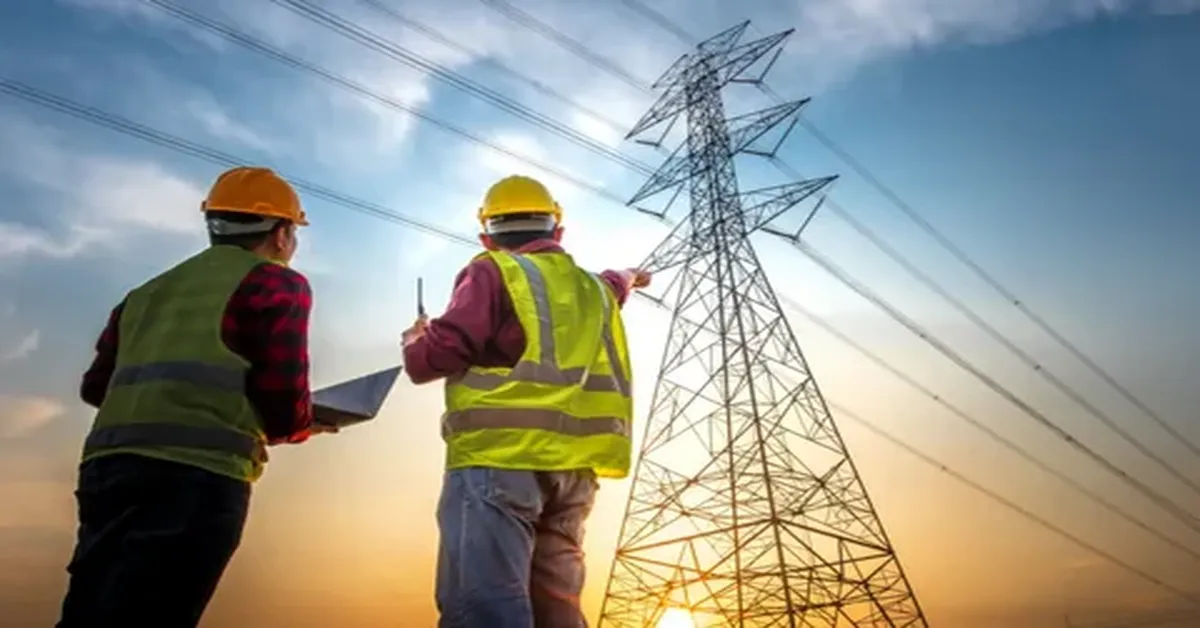Understanding electrical resistance is key to improving power efficiency and minimizing energy waste. Electrical resistance is the opposition that a substance offers to the flow of electric current. In simple terms, it determines how much energy is lost as heat when current passes through a conductor. This concept is not just a theoretical concern but has practical implications in everyday energy consumption and cost. For those in need of a professional assessment, an EICR London can ensure that your electrical systems are functioning efficiently and safely.
What is Electrical Resistance?
Electrical resistance is a fundamental property of materials that affects how easily electricity can pass through them. It’s measured in ohms (Ω) and depends on factors such as the material’s type, length, cross-sectional area, and temperature. For instance, materials like copper have low resistance, making them ideal for electrical wiring, while rubber has high resistance, making it suitable for insulation.
When electricity travels through a conductor with high resistance, it generates more heat. This heat represents wasted energy because it doesn’t contribute to the intended work—such as powering a device or appliance. Instead, it dissipates into the environment, leading to inefficiencies and higher energy costs.
How Resistance Affects Power Efficiency
The impact of electrical resistance on power efficiency can be substantial. In electrical circuits, resistance causes a portion of the electrical energy to be converted into heat rather than being used effectively. This inefficiency is particularly noticeable in systems with high current or where long transmission lines are used. For example, in power distribution networks, resistance in the wires can lead to significant energy loss over long distances.
In everyday applications, resistance affects both household appliances and industrial machinery. For instance, if an electric heater has high resistance, it will waste more energy as heat rather than efficiently converting electrical energy into heat for warming a room. Similarly, resistance in motors and other machinery can lead to higher energy consumption and increased operating costs.
Tips for Reducing Energy Waste Due to Electrical Resistance
Reducing energy waste caused by electrical resistance involves several strategies aimed at improving the efficiency of electrical systems. Here are some practical tips to help you minimize resistance and its associated energy loss:
Choose Low-Resistance Materials
When selecting materials for electrical wiring or components, opt for those with low resistance. For instance, copper and aluminum are popular choices due to their excellent conductive properties. Low-resistance materials reduce the amount of energy lost as heat, thereby improving overall efficiency. In applications where cost is a concern, consider using aluminum, which, while having higher resistance than copper, is more affordable and still offers good conductivity.
Optimize Wire Sizes
The thickness or gauge of wires plays a crucial role in resistance. Thicker wires have lower resistance compared to thinner ones. Ensuring that wires are appropriately sized for the current they carry can significantly reduce resistance and energy loss. In power distribution systems, using the correct wire gauge can prevent overheating and reduce energy waste.
Minimize Circuit Lengths
The length of electrical circuits affects resistance; longer circuits have higher resistance. Whenever possible, design electrical systems with shorter circuits to minimize resistance and energy loss. In large buildings or industrial settings, this might involve careful planning of wiring routes to reduce the total length of wiring needed.
Maintain Electrical Connections
Corroded or loose electrical connections can increase resistance and lead to energy loss. Regular maintenance of electrical connections is essential to ensure they are secure and free from corrosion. Properly maintained connections improve efficiency and reduce the risk of energy wastage and potential electrical hazards.
Invest in Energy-Efficient Appliances
Energy-efficient appliances are designed to minimize energy consumption and reduce resistance-related energy loss. Look for appliances with high energy efficiency ratings, such as those bearing the ENERGY STAR label. These appliances are engineered to use energy more effectively, resulting in lower operational costs and reduced environmental impact.
Conclusion
Electrical resistance is a critical factor influencing power efficiency and energy waste. By understanding how resistance affects energy consumption and implementing strategies to reduce it, you can improve the efficiency of your electrical systems and lower energy costs. Choosing low-resistance materials, optimizing wire sizes, minimizing circuit lengths, maintaining connections, and investing in energy-efficient appliances are all effective ways to combat the challenges posed by electrical resistance.Incorporating these tips into your energy management practices will not only help in reducing waste but also contribute to a more sustainable and cost-effective approach to power usage. By addressing resistance-related inefficiencies, you can make a meaningful impact on both your energy bills and your environmental footprint, If you want to stay updated with posts like this, please follow us on RUBBLEMAGAZINE.







